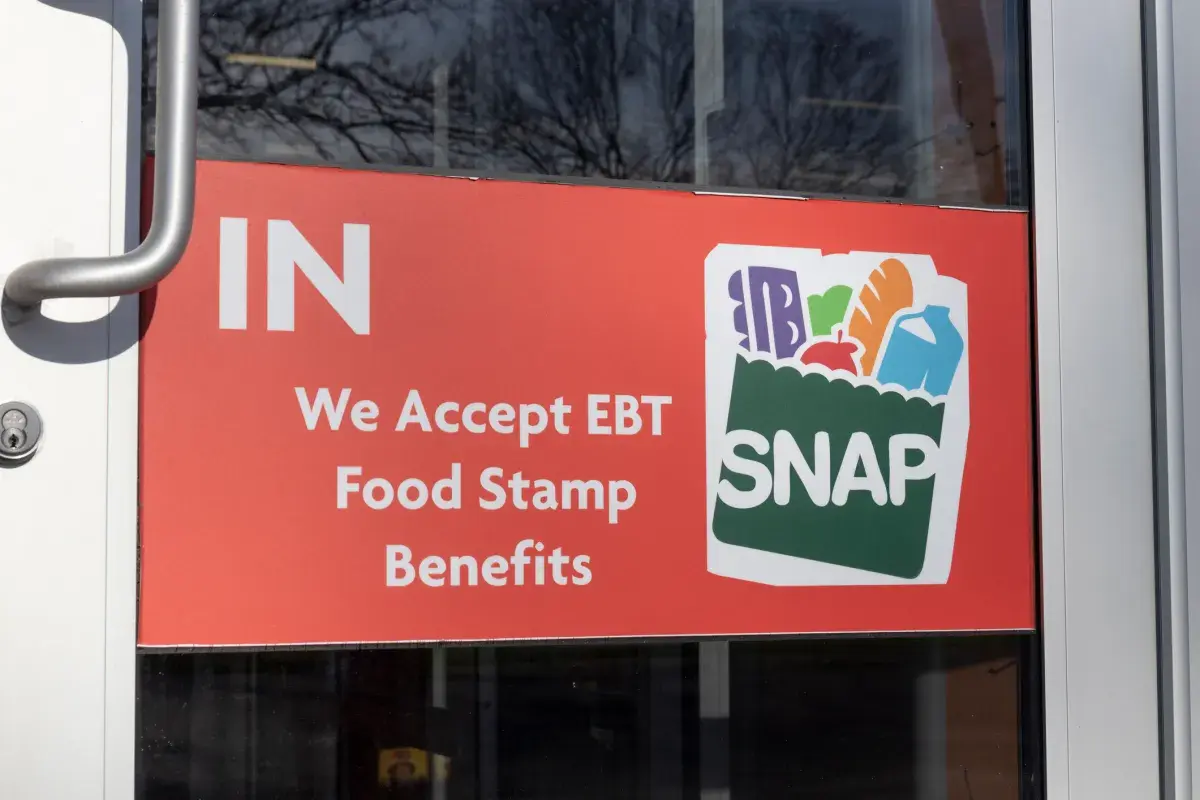
The U.S. Department of Agriculture (USDA) is moving to tighten requirements for retailers that participate in the Supplemental Nutrition Assistance Program (SNAP) with a view to expanding access to healthier foods and cracking down on fraud.
Agriculture Secretary Brooke L. Rollins announced the proposal this week, saying it reflects the department’s commitment to safeguarding both participants and taxpayers.
“Retailers participating in SNAP need to sell real food, plain and simple,” Rollins said. “Right now, the bar for stocking food as a SNAP retailer is far too low, allowing people to game the system and leaving vulnerable Americans without healthy food options.”
Why It Matters
SNAP benefits are distributed to around 42 million low- and no-income recipients across the country to help them buy groceries. They can use their benefits at participating retailers. According to the USDA, there are nearly 266,000 retailers processing an estimated $96 billion in SNAP benefits annually,
What To Know
As it stands, SNAP-approved retailers must carry three varieties of food in each of four staple food groups: dairy, protein, grain, and fruits and vegetables. That means a total of 12 foods are required. The proposed changes would increase that threshold significantly. Retailers would have to stock at least seven different items in each staple category, more than doubling the number of food options for participants.
The USDA also plans to:
Close loopholes that currently allow some snack foods to count as staples. This does not mean they would no longer be purchasable using SNAP benefits, rather that they would be reclassified for retailers.
Simplify how foods are classified, making requirements easier to understand for retailers and easier to enforce for USDA’s Food and Nutrition Service (FNS).
The USDA argues that the existing minimum stocking rules have left the program more vulnerable to misuse. Retailers that are not primarily in the food business have been able to accept SNAP benefits.
The department said that “no amount of fraud will be tolerated.” It said the new proposal is designed to ensure the program supports stores that provide real food rather than cashing “in on taxpayer-funded benefits.”
The USDA said the initiative is part of a broader effort to redirect SNAP toward better nutrition and to combat chronic disease. Beyond tightening stocking rules, the department has also approved waivers in 12 states that allow certain unhealthy foods to be excluded from SNAP purchases.
What People Are Saying
Rollins said: “These common-sense changes are designed to minimize benefit trafficking and skimming, among other fraudulent activities, while making more nutritious foods available to families who rely on the program. This is another step forward in President Trump’s mission to Make America Healthy Again.”
The National Grocers Association said in a statement: “The National Grocers Association (NGA) is guided by the belief that no American should go hungry, healthy food should be accessible, and SNAP plays a crucial role in improving public health. With these principles in mind, NGA supports the U.S. Department of Agriculture’s efforts to strengthen stocking requirements for SNAP retailers. Supermarkets and other retailers offering local, fresh foods are critical to increasing choice and access to healthy food staples for SNAP participants in communities nationwide.”
What Happens Next
The proposed rule is open for public comment from September 25 through November 24, 2025.



